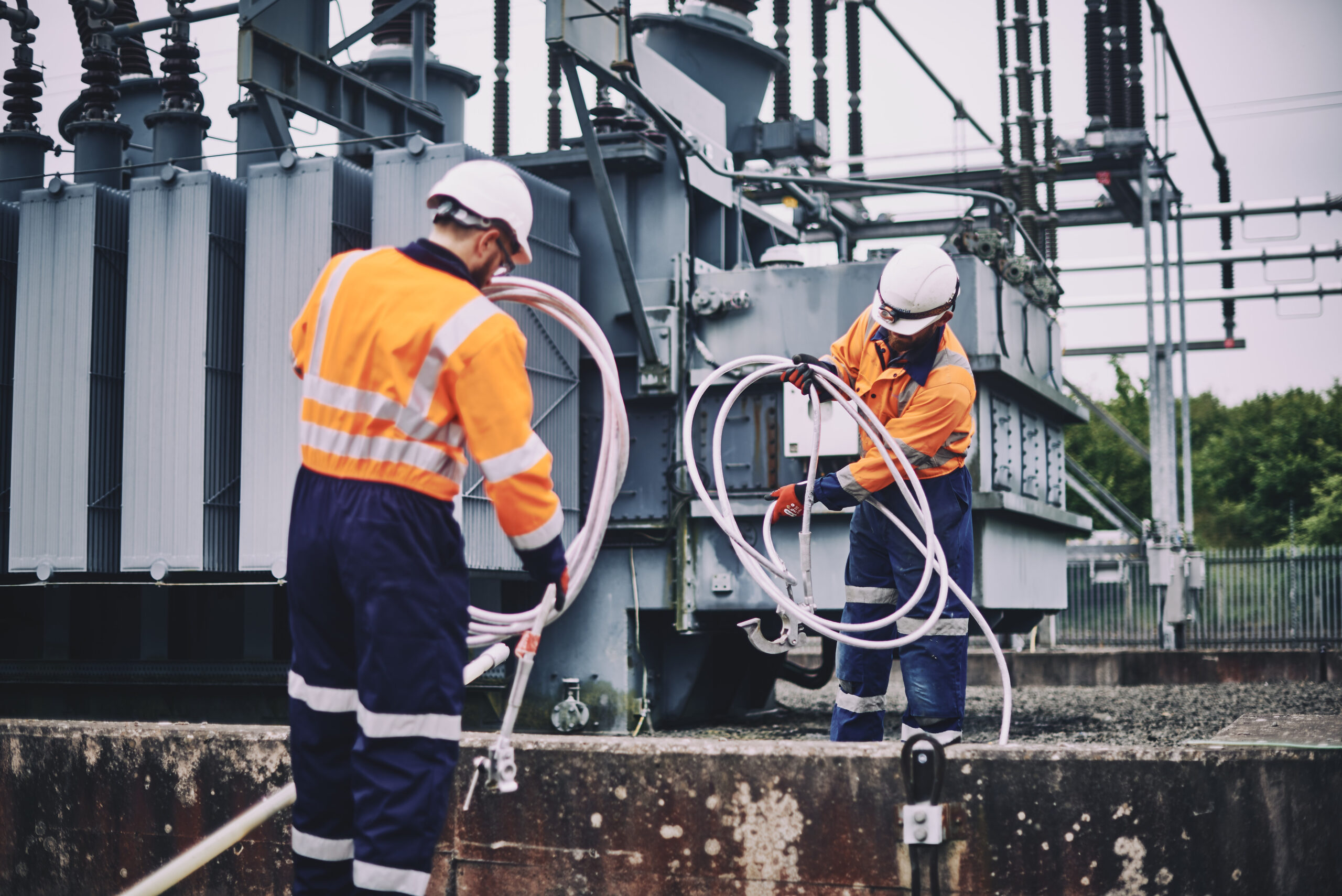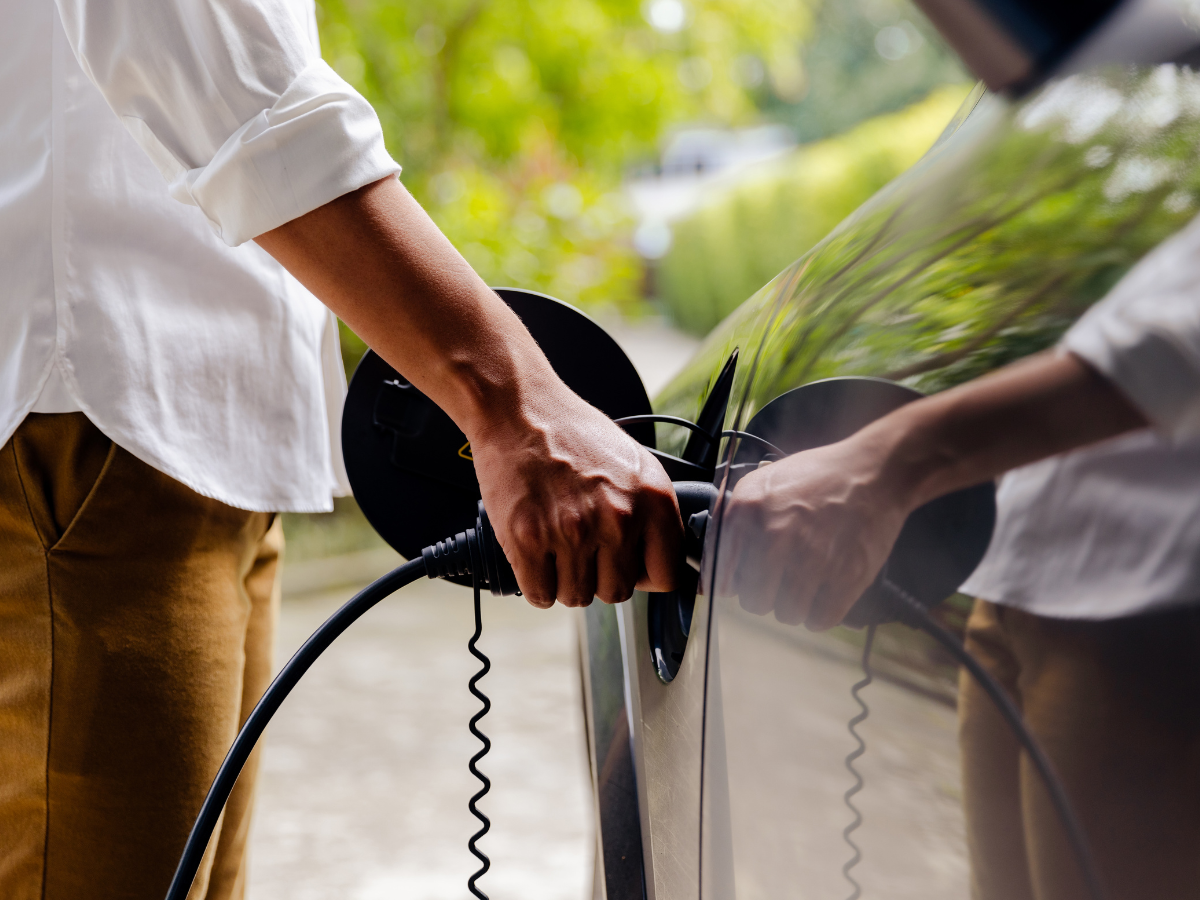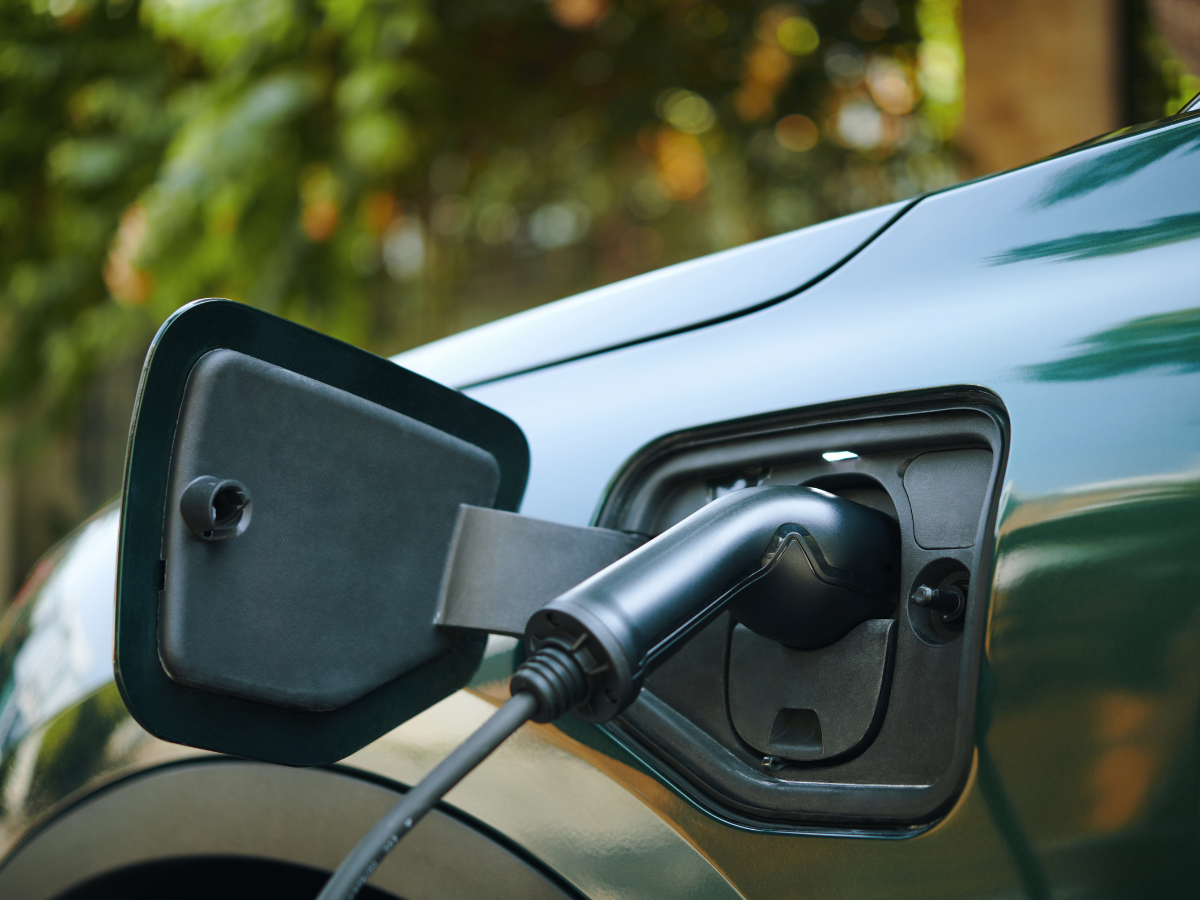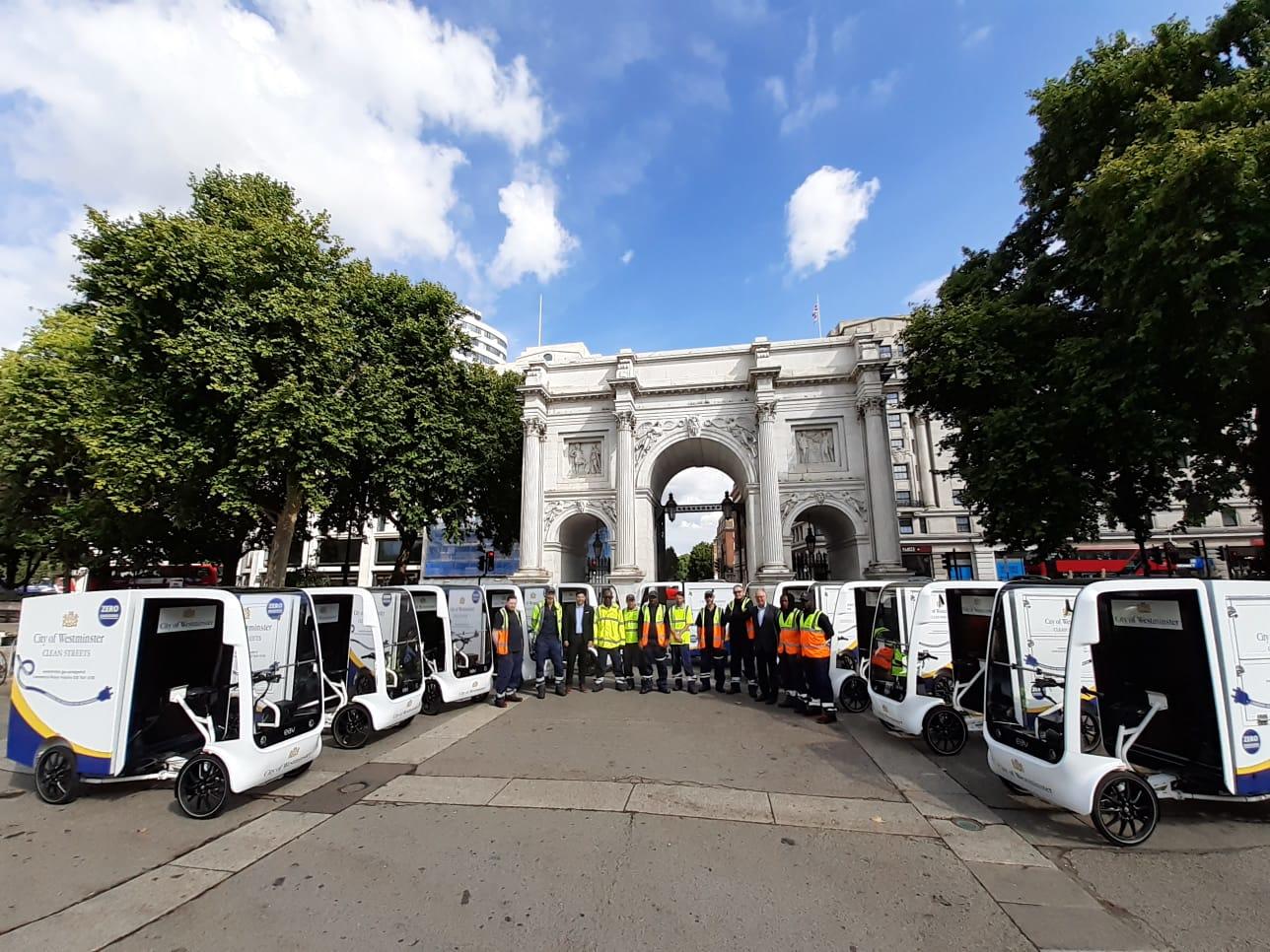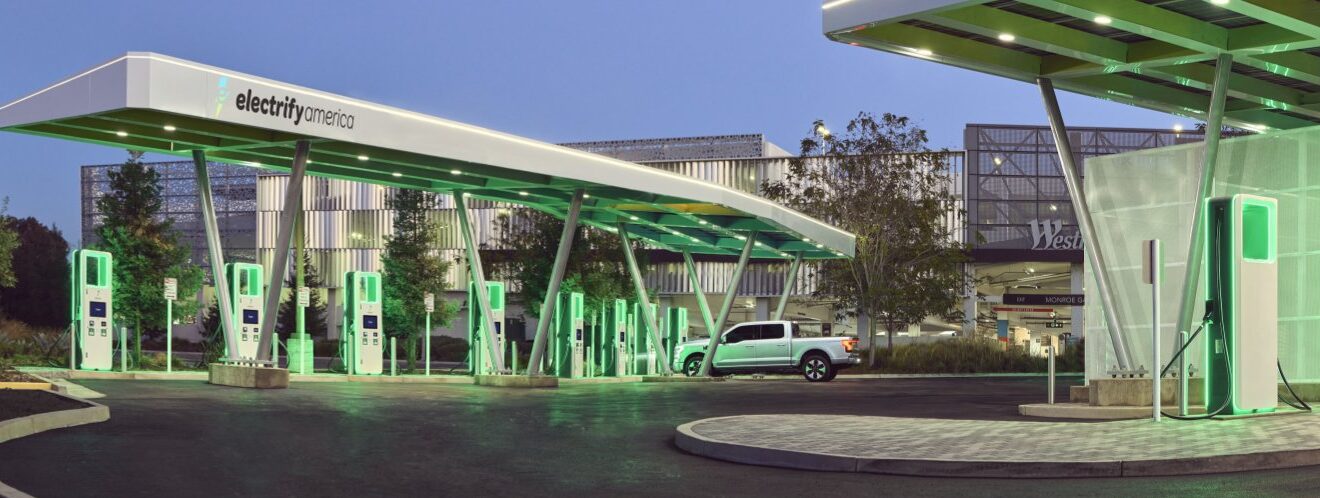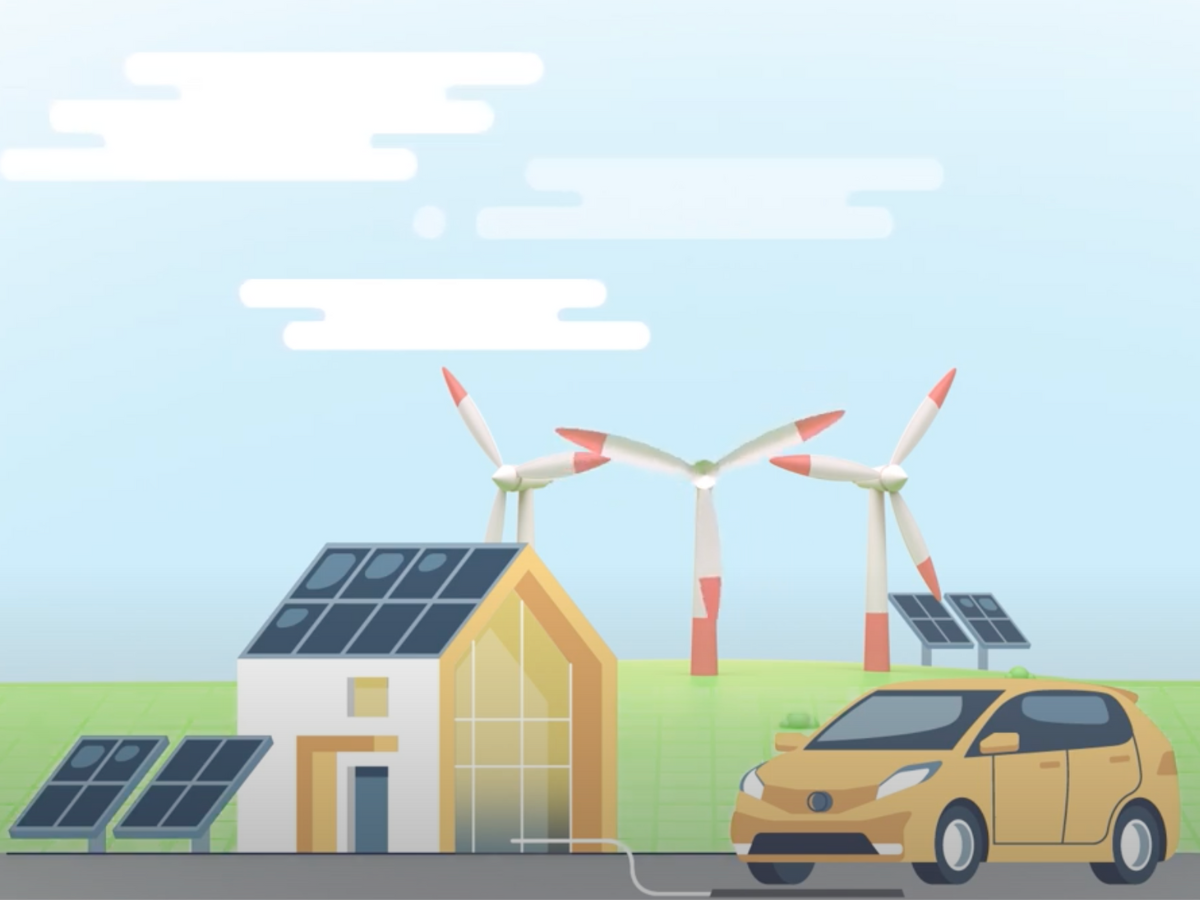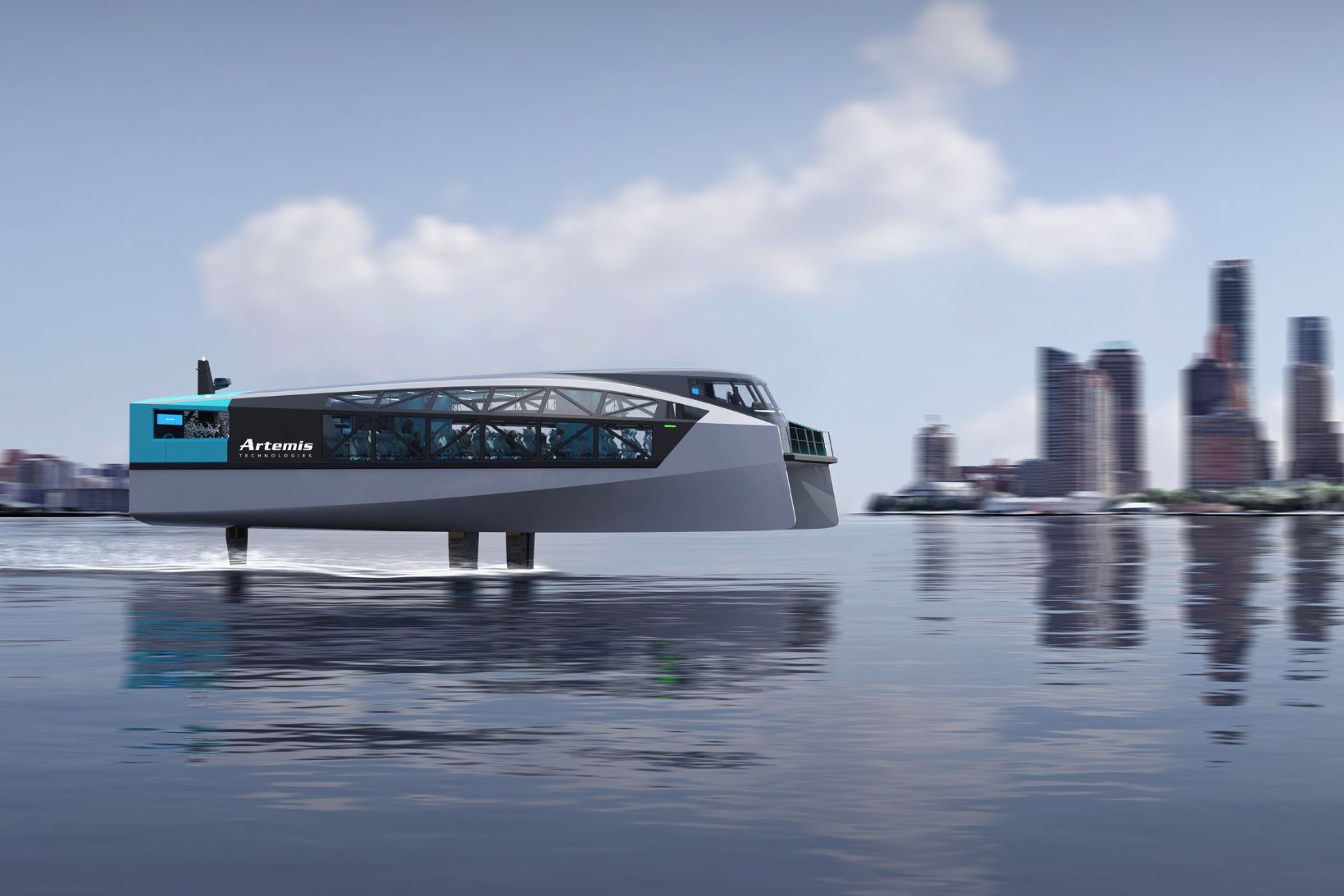The number of electric vehicles (EV) on UK roads is set to increase significantly as new petrol and diesel cars will no longer be sold from 2023. This transition raises doubts as to whether the National Grid will be able to manage the electricity demand.
Such concerns generally focus on whether there is enough electricity available and whether the infrastructure is in place – for example, do the wires carrying that electricity have enough capacity to do so?
Despite these doubts, in a recent article entitled “Busting the myths and misconceptions about electric vehicles” National Grid argued that it is prepared to meet the increased demand, especially as the shift to EVs is happening gradually. During this time, renewable sources continue to be developed to supply more energy and the grid is constantly being upgraded to handle greater capacity.
Does the Grid have the Required Capacity?
According to National Grid, the most demand for electricity in the UK was recorded at 62GW in 2002. Since then, the nation’s peak demand has fallen by roughly 16% due to improvements in energy efficiency.
Even if the nation switched to EVs overnight, National Grid believes demand would only increase by around 10%. Consequently, power demand would still be less than in 2002 and, as the grid has developed significantly since this time, its technology is anticipated to have sufficient capacity to handle this increase.
National Grid Electricity Transmission said:Our job at National Grid Electricity Transmission is to work with the distribution networks, government, the regulator and industry to provide the green energy infrastructure around the country – the wires, the connections to charge points – to support the needs of a decarbonised transport network. We invest £1.3 billion in the grid each year to upgrade and adapt it to make it fit for the future.
Furthermore, as a significant amount of electricity is used to refine oil for petrol and diesel, extra electricity capacity could become available as the country moves away from ICE cars.
Will Enough Electricity Be Available during Peak Times?
As many EV owners are likely to charge their cars at the same time, such as in the evening after work, it is likely that this will cause peak-demand surges.
In response to this, the UK government introduced regulations for electric vehicle smart charge points in February 2022 to ensure EV chargers have smart functionality. This allows users to charge their EVs when there is less demand on the grid, or when more renewable electricity is available. For instance, when using a smart charger, EV owners can plug in their cars but schedule charging to pause when demand on the grid is highest and energy is most expensive.
Furthermore, the emergence of Vehicle-to-Grid (V2G) technology allows cars to be used for backup energy storage, offering a cost-efficient way to store surges in renewable energy to feed back into the grid when needed.
In order for V2G to be an attractive option, EV drivers must be able to communicate when they would want to unplug their car and how full the battery should be at that time, such as through a mobile app.
However, as this technology is still being developed, questions remain as to whether this will have an adverse impact on the vehicles’ batteries.
Will Electricity Demand Vary throughout the Year?
Although smart charging can help overcome demands during daily peak times, concerns remain as to whether EVs may also put increased pressure on the grid at different times of year, such as peak holiday times when the roads are busier.
Despite these concerns, National Grid believes it is well-positioned to handle this, as demand for electricity already changes significantly at different times of year, with much higher peaks on cold winter evenings than in summer.
How Will the Transition to Renewable Energies Affect the Power Supply?
In order to achieve net-zero by 2050, it is not sufficient to simply transition to using EVs. Instead, we must ensure that the electricity that powers them is renewably sourced. However, operating a future energy system with high levels of renewables will require significantly more flexibility due to variable and unpredictable weather conditions for producing wind and solar power.
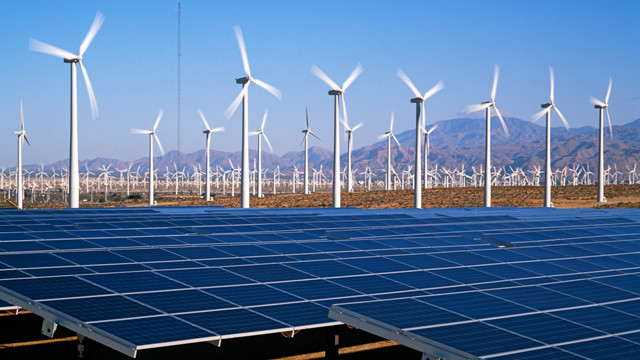
Smart charging is thus also critical for overcoming this variability and ensuring that electricity remains available.
National Grid Electricity Transmission said:Smart charging will have a key role to play, whereby EVs help to use renewable energy more efficiently, acting as batteries on wheels to soak up surplus green power and – vehicle-to-grid technology could even send it back to the grid when needed.
Equally we’re making more battery storage connections to the grid, which will help store clean energy when the wind is blowing and the sun is shining, then use it later.
As the industry continues to advance technology to store and distribute electricity, it appears that the National Grid is on track to support the transition towards electrified transport.
This progress and the gradual increase in renewable energy sources will consequently aid the nation in achieving its net-zero target by 2050.

